Tourism in Kenya - Best Destinations to Visit, Packages, Cost & More

Kenya’s compelling fusion of wildlife safaris, rich tribal cultures, and stunning natural vistas is an irresistible bite for wildlife enthusiasts. From the wildlife-rich Masai Mara to the historical depths of coastal Lamu, Kenya embodies an intriguing blend of natural wonder and cultural depth. As you traverse this East African gem, not only will you be greeted by iconic attractions, but you’ll also be contributing to the nation’s conservation efforts. Ready to explore what makes Kenya the heart of African tourism? Let’s dive in.
Book Your Safari to Kenya's Top Tourist Attractions
To book your tour of Kenya’s tourist attractions, we invite you to contact us via phone or WhatsApp at +254-704-532-105. You can also connect with us via email at safarioffers@kenyaluxurysafari.co.uk or safarioffers@ajkenyasafaris.com.
James Gatheru, our Senior Consultant, is conversant with the major attractions and hidden gems that make Kenya an exciting safari country. He’s on hand to guide and help you assemble an itinerary that will make your trip a memorable one.
Kenya's Major Attractions - Photos by Our Guests
Journeying into Kenya's Wildlife Safari - The Best National Parks To Explore

Among the best places to visit in Kenya are our national parks. These wildlife reserves are brimming with wild animals and iconic landscapes. Waking up to golden sunrises, serenaded by birds and an occasional roar sets the pace for the day’s adventure.
After a day of tracking wildlife, you can settle down for a sundowner and watch magical sunsets over a campfire. It’s the perfect retreat for honeymooners, nature lovers, families, friends, and wilderness enthusiasts.
Exploring the Wonders of Maasai Mara National Reserve
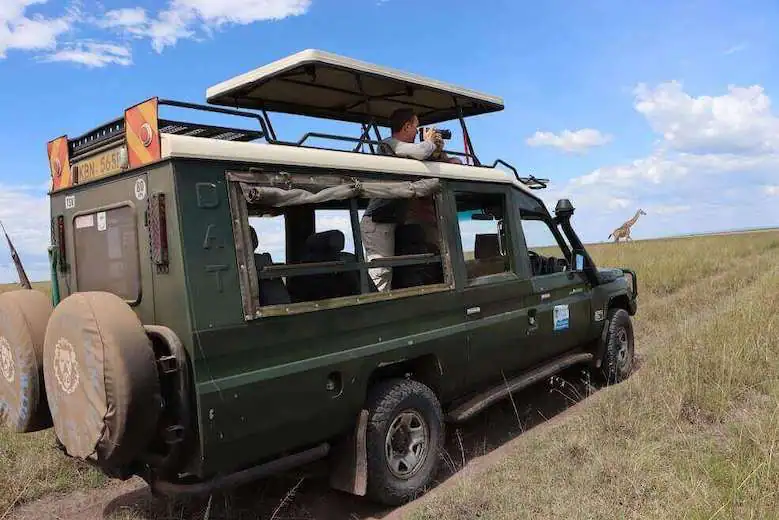
We start our exploration at the Masai Mara National Reserve, the jewel in Kenya’s wildlife crown. Known for its exceptional populations of the Big 5 and the Big Cats, the Masai Mara is a haven for wildlife enthusiasts.
Traversing the reserve between July to October introduces you to its most famous spectacle—the wildebeest migration. This annual event sees millions of wildebeests, zebras, and gazelles making their daring journey across the Mara River, creating a sight that is hailed as the most iconic attraction in Kenya.
The dramatic Mara River crossings are the highlight of the wildebeest migration phenomenon. Imagine standing on the river banks, watching as thousands of wildebeest make the daring crossing amidst crocodiles and other predators. It’s a display of raw, untamed nature in all its glory, a once-in-a-lifetime experience that truly embodies the spirit of the wild.
But Maasai Mara is not just about the wildlife; it’s also a story of successful conservation. Once threatened by overgrazing, excessive hunting, and poaching, the reserve has transformed into a wildlife preservation success story.
Through the establishment of protected areas such as the Mara Triangle and various conservancies, illegal activities have been substantially reduced. Further, the leasing of land to private conservancy operators has created a steady and sustainable income for Maasai landowners and their communities.
Most safari lodges and camps offer cultural tours to Maasai villages inside the Masai Mara National Reserve where you can observe the local peoples’ daily rituals. Maasais are accustomed to receiving visitors and will be glad to show you around and teach you some of their ways. They often showcase colourful beadwork and other crafts that you can purchase.
Amboseli National Park: The Land of Giants
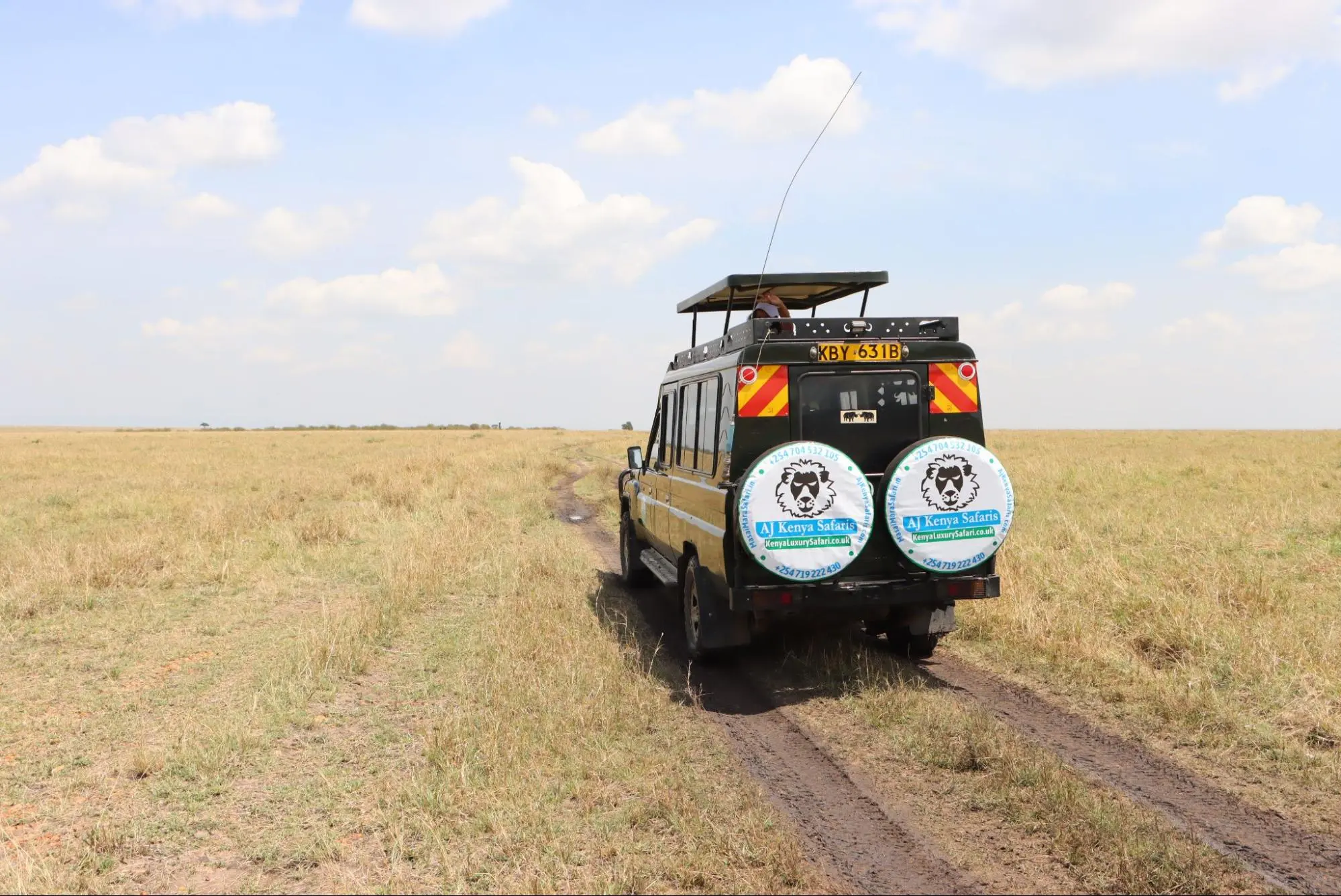
Nestled in the shadow of Mount Kilimanjaro, Africa’s highest peak, Amboseli National Park is celebrated for its stunning scenery and large herds of elephants. Amboseli National Park features a diverse range of habitats including savannahs, woodlands, Wetlands with sulfur springs, and the dried-up bed of Lake Amboseli.
The majesty of Mount Kilimanjaro serves as a backdrop to a rich array of wildlife. Amboseli National Park is home to over 1,600 free-ranging elephants, lions, cheetahs, hyenas, buffalo, giraffes and an array of bird species. The park is one of the best places to visit for bird watching.
It’s hard to ignore the influence of the Maasai culture, which is deeply intertwined with the land. The name ‘Amboseli’ comes from the Maa language, meaning ‘salty, dusty place’, a fitting description of the park’s unique environment.
The Maasai people who dwell in the Amboseli-Tsavo region have been here for over five centuries. In times past they owned much of the Eastern Rift Valley but with the establishment of the wildlife parks their land became smaller.
Today, Tsavo and Amboseli area conservancies, allow safari operators and the Maasai communities to work together for the benefit of wildlife and the humans in the region. Not only do the locals benefit from jobs and community empowerment programs but they also assist in mitigating poaching in the park.
On a visit to traditional Maasai homes, known as bomas visitors can learn about their way of life and participate in cultural activities such as dances.
Nairobi National Park: A Wilderness Escape in the City

The Nairobi National Park offers a unique urban safari experience. It’s not every day that one gets to encounter lions, giraffes, zebras, buffaloes, and rhinos within the country’s capital.
The Nairobi National Park is actually the only wildlife reserve of its sort situated directly next to a capital city. It harbours a rich diversity of animals, including a sanctuary for the endangered black rhino.
The park’s expansive open grasslands are punctuated by riverine forests and rocky gorges, creating a diverse habitat for wildlife. Visitors can also enjoy leisure activities such as picnicking in scenic spots within the park. For bird lovers, Nairobi National Park is a haven, with an extensive bird species count exceeding 400, making it a significant site for bird watching and education.
On a tour of the park, you’ll notice that elephants are conspicuously absent. This is because the resident population was poached to extinction. And being too close to the capital, there isn’t enough habitat or space to facilitate the reintroduction of elephants into the park.
However, the nearby David Sheldrick Wildlife Trust is an elephant conservation centre that specializes in rescuing and rehabilitating orphaned elephants, preparing them for reintroduction into the wild at Tsavo East National Park.
On a visit to the David Sheldrick Wildlife Trust, you can watch these small giants interacting with their carers, and have the opportunity to adopt an orphaned elephant, giraffe, or rhino. The Trust does an excellent job of sending adopters regular updates on the animal’s progress.
The Serenity of Lake Nakuru National Park
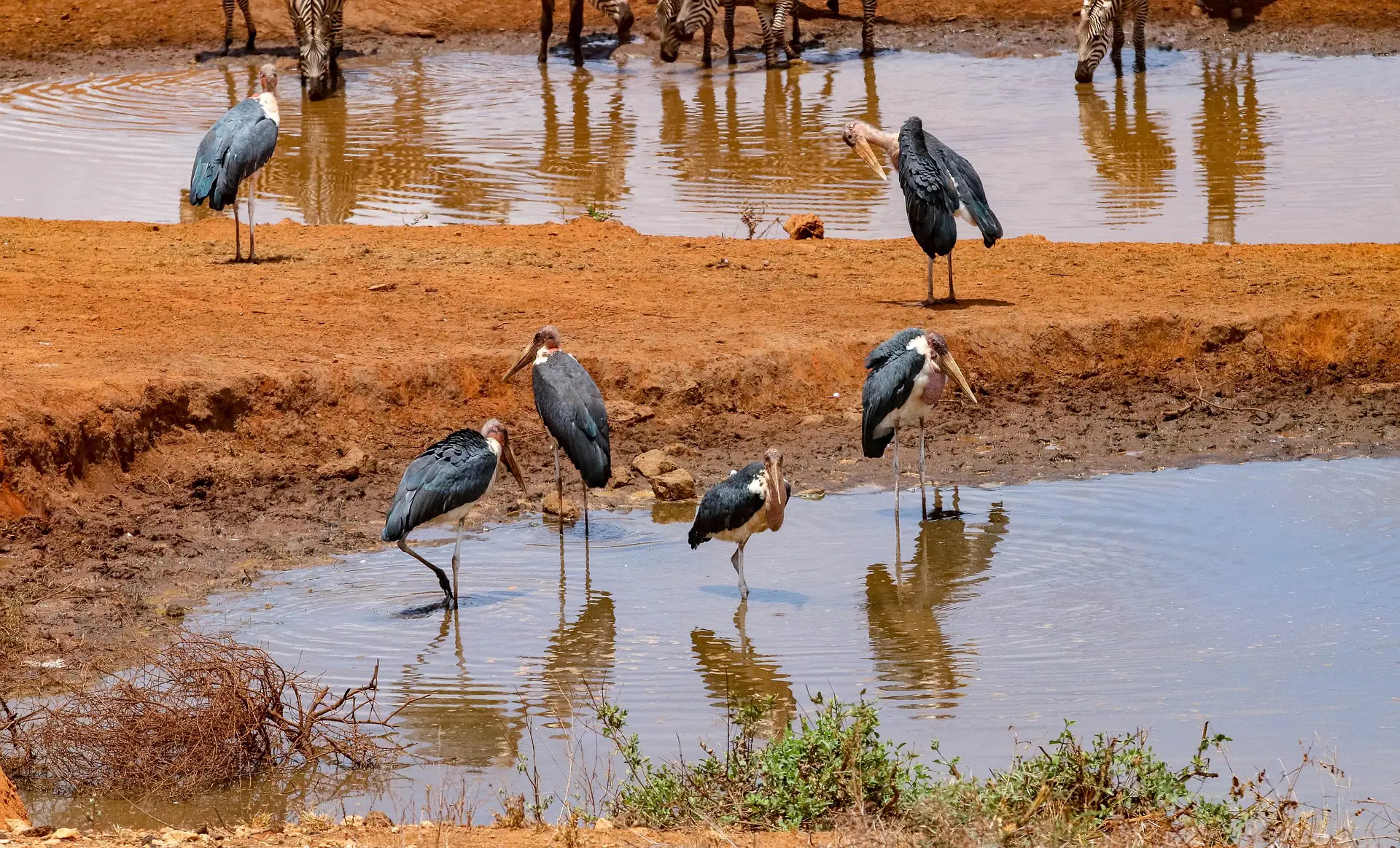
Tucked in the Great Rift Valley is Lake Nakuru National Park, a bird watcher’s paradise. The park is renowned for its vast flock of bright pink flamingos, offering one of the greatest ornithological spectacles on earth.
As with other Rift Valley soda lakes, Lake Nakuru is a unique ecosystem that’s highly alkaline due to high rates of evaporation. These soda lakes support a vast array of birdlife, including 13 globally threatened species and massive flocks of lesser flamingos. They also serve as a major nesting ground for great white pelicans.
Besides its famous flamingos, Lake Nakuru National Park hosts a variety of wildlife, including the black and white rhinos, Rothschild’s giraffes, lions, cheetahs, cape buffaloes, impalas, zebras, hyenas, leopards, and primates.
Just like the Nairobi National Park, there are no elephants here because of limited space. Elephants like to travel and cover great distances, and since Lake Nakuru Park is fenced, it would hinder their movement and potentially impede their survival.
Lake Nakuru National Park is not just a haven for birdlife and wildlife; it’s also a champion of eco-friendly initiatives. The Lake Nakuru Conservation and Development project is focused on raising conservation awareness and emphasizing the importance of conservation for human survival and sustainable development.
Efforts to protect the lake’s ecosystem include:
- Initiatives aimed at reducing firewood consumption to protect forests
- Preventing soil erosion
- Stopping water pollution
- Water conservation projects such as the rehabilitation of the Njoro River
- Controlling the invasive water hyacinth species
These measures are taken to maintain the lake’s biodiversity.
Hell’s Gate National Park: Adventure Amongst Geothermal Marvels

Hell’s Gate National Park is known for its dramatic landscapes that comprise towering rocky cliffs and geothermal steam vents, dusty valleys, rock formations, and bursting gorges.
The park offers a unique outdoor experience, with activities ranging from rock climbing to hiking trails. Fisher’s Tower, a notable rock formation approximately 250 feet high in the park, is a popular site for guided rock climbing.
In addition to game drives, visitors can bike through the wildlife corridor. That’s right. In the company of a professional guide, visitors have the unique opportunity to enjoy a bicycle ride close to giraffes, zebras, gazelles, and buffaloes.
After a day of biking or hiking, what could be more soothing than a natural spa experience? Thanks to its natural hot springs, Hell’s Gate National Park provides a relaxing treat amid lush vegetation. Close by is the Maasai cultural centre where you can enjoy interactive experiences with the Maasais.
Samburu National Reserve: A Remote Wilderness
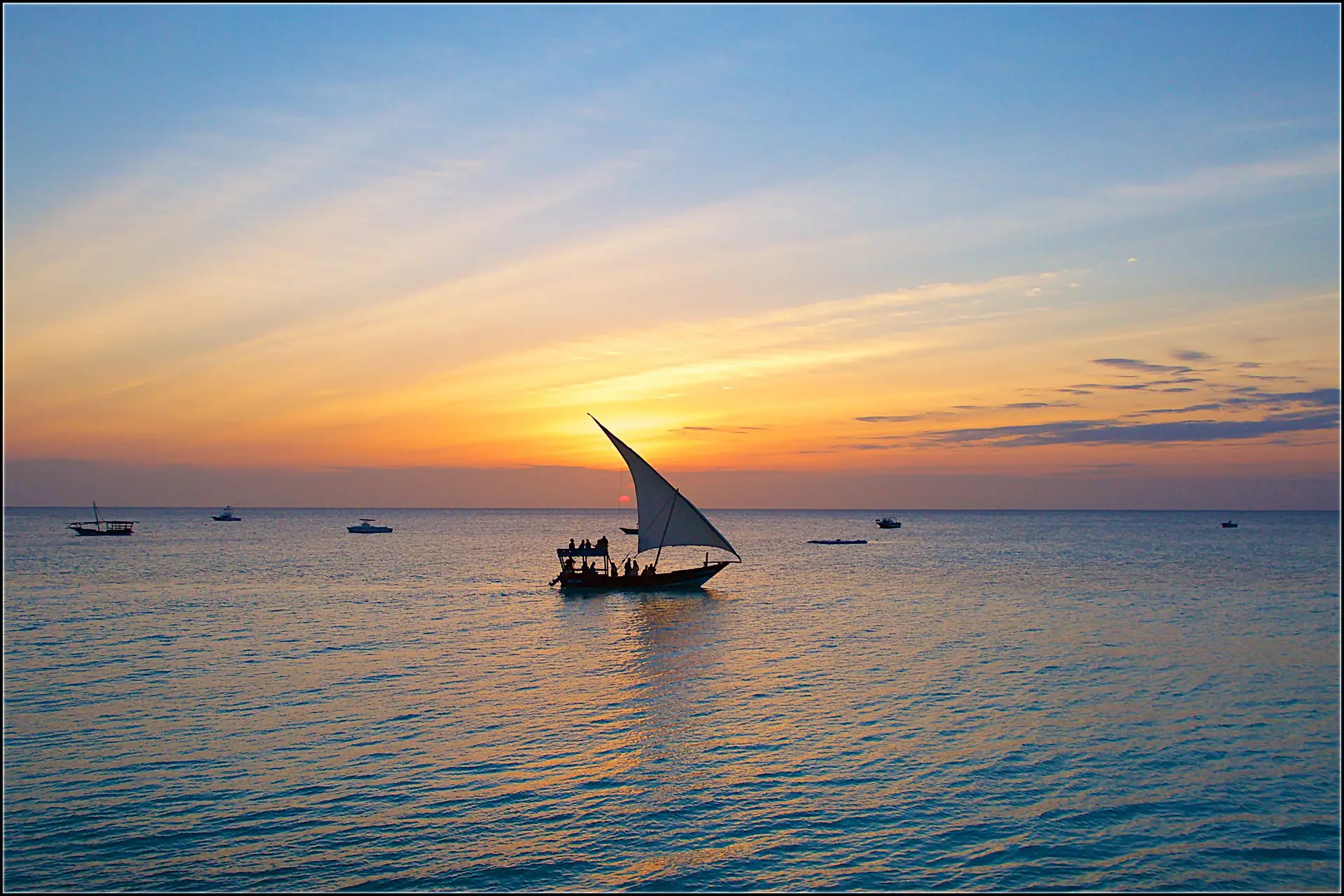
If you want to visit Kenya for an off-the-beaten-path experience then the Samburu National Reserve is the place to be. The reserve boasts stunning landscapes characterized by rugged mountains, winding rivers, and vast plains dotted with doum palms and acacia trees.
The Ewaso Nyiro River, which flows through the reserve, is a lifeline for wildlife, attracting large herds of elephants, buffalo, and other animals to its banks.
With fewer crowds and vehicles venturing into the reserve, visitors have the opportunity to enjoy the unspoiled wilderness and encounter wildlife in a secluded setting. Samburu National Reserve is renowned for its unique wildlife species that are adapted to the semi-arid environment of northern Kenya.
The Samburu Special Five, which includes the reticulated giraffe, Grevy’s zebra, Beisa oryx, Somali ostrich, and gerenuk live here. The East African oryx can also be spotted at this reserve. These magnificent animals alongside elephants, lions, leopards, and cheetahs, thrive in the reserve’s diverse habitats, which range from acacia woodlands to riverine forests and open savannahs.
Samburu National Reserve is managed and operated by the Samburu local communities through a centralized local council. The semi-nomadic pastoral lifestyle of the Samburu tribe adds to the area’s cultural richness, integral to the community-based tourism experience. Visitors can engage with the local community, participate in traditional dances, and assist in community projects.
Tsavo National Park

Tsavo National Park, one of Kenya’s largest and oldest national parks, offers a truly diverse and captivating safari experience. Tsavo is divided into two distinct sections, Tsavo East and Tsavo West, each with its unique landscapes, wildlife, and attractions.
Tsavo East National Park is known for its vast open plains, seasonal rivers, and scattered baobab trees. The landscape is relatively flat, with red soil plains, thorny bushes, and occasional rocky outcrops.
Tsavo West, on the other hand, has more varied landscapes sporting volcanic cones, lava flows, rocky ridges, and natural springs. The park is dominated by the Chyulu Hills, which offer panoramic views of the surrounding plains.
Key attractions in Tsavo East National Park include the Aruba Dam, Lugard Falls, Mudanda Rock, and the Yatta Plateau, the world’s longest lava flow.
Tsavo West is home to several iconic landmarks, such as the Mzima Springs, where visitors can view hippos and crocodiles from an underwater observatory. The Shetani Lava Flows, Ngulia Rhino Sanctuary, and the Chaimu Crater provide additional points of interest. Both parks host lions, leopards, buffaloes, giraffes, elephants, antelopes and other wildlife species.
The Rhino Sanctuary was established within Tsavo National Park with the primary goal of providing a haven for rhinoceros populations to thrive and recover. For decades rhinos were hunted in Tsavo with numbers reducing from 20,000 individuals to a paltry 20. The sanctuary has seen a rise in rhino numbers which ultimately contributes to the conservation of these iconic species.
Mount Kenya National Park: Trekking Africa’s Second Highest Peak
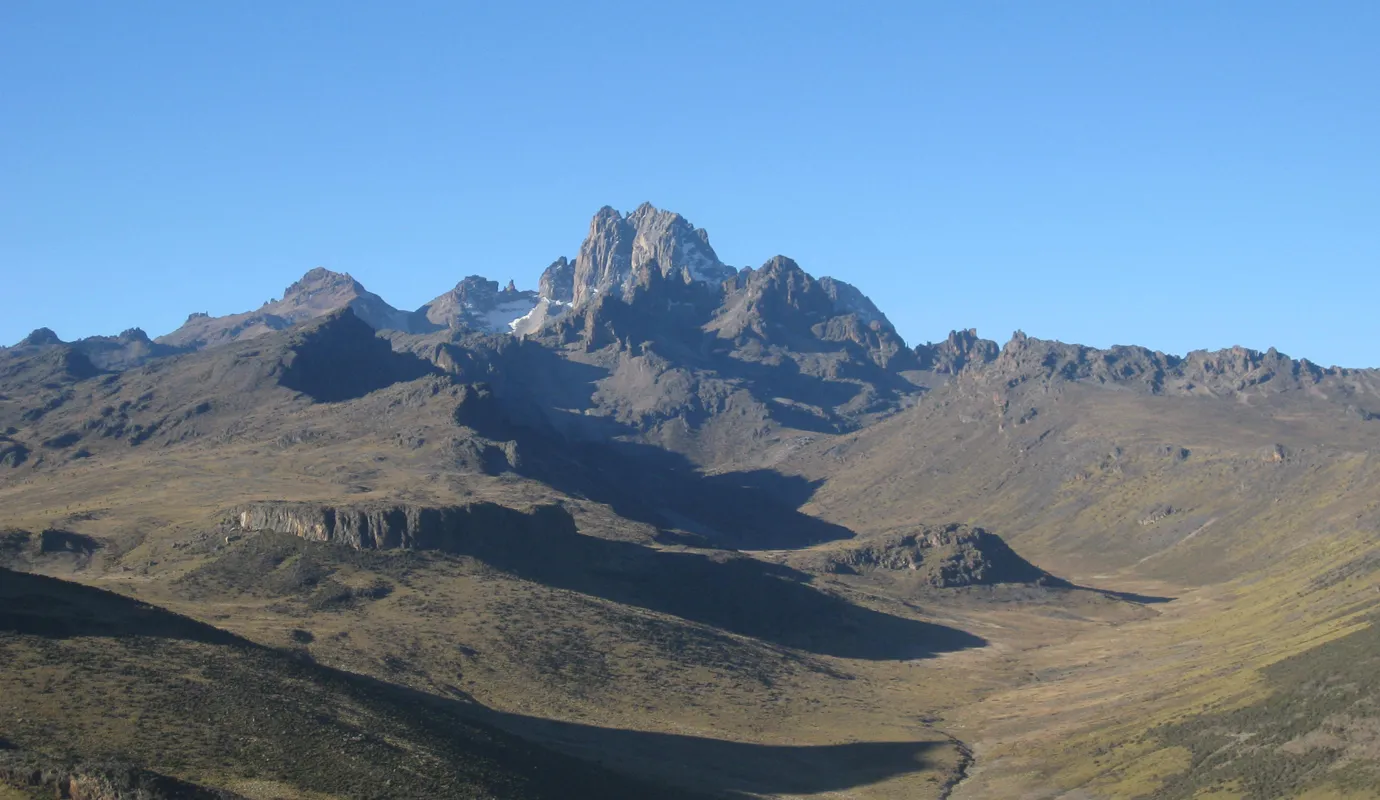
Mount Kenya, a stratovolcano, rises majestically to an elevation of 5,199m/17,057ft, with three separate peaks named Batian, Nelion, and Lenana. Mount Kenya National Park’s designation as a UNESCO World Heritage Site highlights its exceptional natural beauty, geological diversity, and the presence of rare and endangered species.
Mount Kenya National Park boasts extraordinarily diverse ecosystems including
- Equatorial glaciers
- Lakes
- Alpine moorlands
- Various forests
It generally takes four or five arduous days to trek to the summit of Mount Kenya, but the reward is a sense of accomplishment like no other. Mt Kenya offers several trekking routes, each with its unique challenges and scenic beauty.
The main trekking peak is Point Lenana, accessible via primary routes such as Naro Moru, Sirimon, and Chogoria. Each route offers a unique perspective of Mount Kenya, from the gradual climb with several steep sections of the Sirimon Route to the exceptional beauty and natural features of the Chogoria Route.
As you ascend, you’ll pass through various ecological zones such as montane forests, bamboo, and timberline forests, each with unique vegetation and wildlife.
On the lower slopes, you’re likely to spot African buffaloes, elephants, hyraxes and squirrels. Bushbucks hide in the forests and thickets while Sykes’ monkeys inhabit the montane and bamboo forests. As you ascend, you may encounter birds such as the Hartlaub’s turaco, white-starred robin, alpine chat, and the rare mountain bongo.
Coastal Charms
Kenya’s coastal charm is a mix of pristine beaches, vibrant culture, tasty cuisine and rich history. Its rich tapestry of cultures includes Swahili, Arab, Indian, and European influences.
Historic towns such as Lamu, Malindi, and Mombasa showcase a blend of architectural styles, from traditional Swahili architecture to Arabic-influenced designs and colonial-era buildings.
Exploring Mombasa and Diani Beach
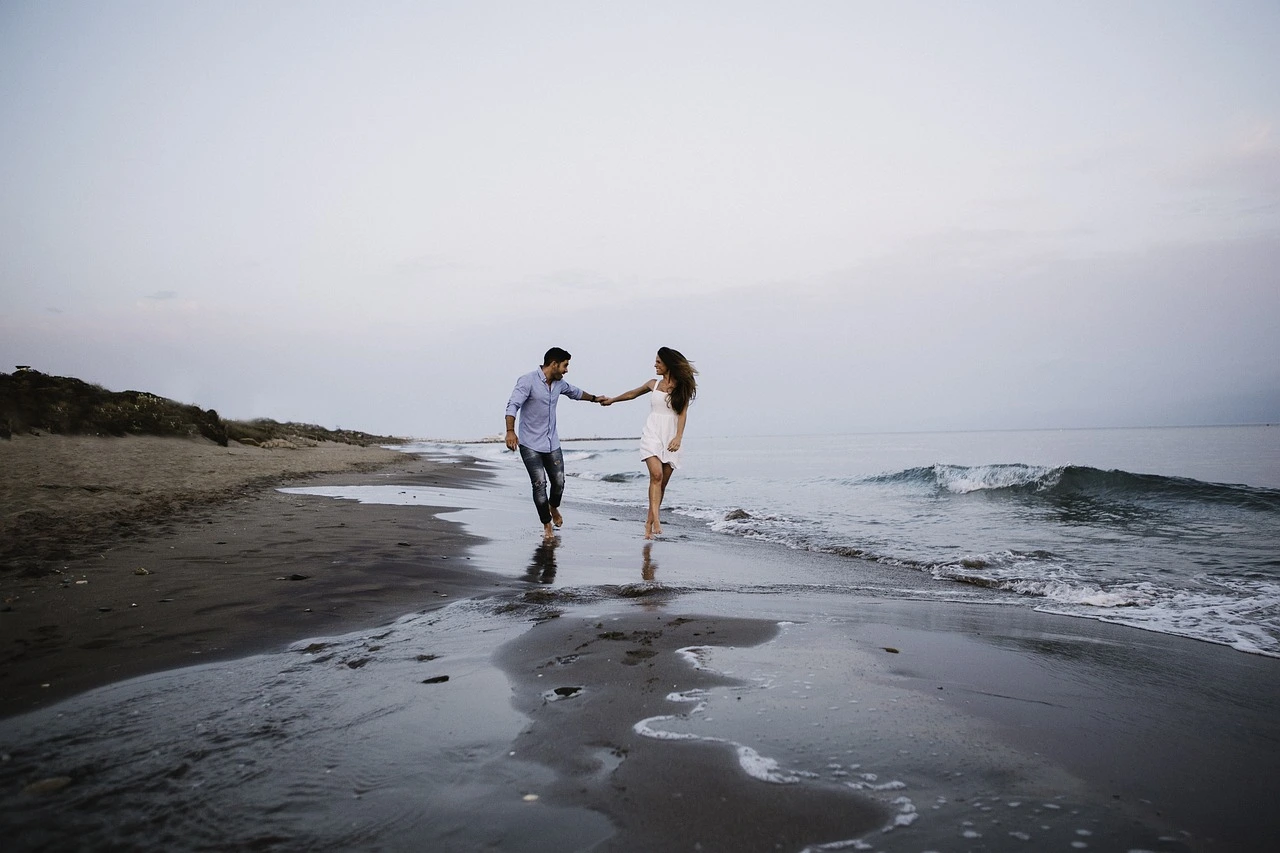
Mombasa, Kenya’s second-largest city and a major port on the East African coast, is a vibrant and culturally rich destination. One of Mombasa’s most iconic landmarks is the Fort Jesus, a UNESCO World Heritage Site and a symbol of the city’s rich history.
Built by the Portuguese in the 16th century, the fort served as a military stronghold and trading post during the colonial era. Within the walls of the Fort Jesus, you can explore the well-preserved ramparts, battlements, and underground passages. Its museum showcases artefacts and exhibits related to Mombasa’s maritime history and Swahili culture
At the entrance of Mombasa’s Old Town, is a gigantic coffee pot and cup symbolizing the city’s hospitality. The Old Town is a maze of narrow streets, bustling markets, and historic buildings that reflect the city’s diverse cultural heritage. You can wander through the labyrinthine alleyways lined with Swahili-style architecture, and browse the vibrant street markets selling spices, textiles, and local crafts
Away from the city, you can relax on the white sandy beaches of Diani Beach. The warm and crystal-clear waters make Diani Beach an ideal location for water sports such as snorkelling, diving, swimming, kite-surfing, fishing and walks. Diving experiences often include encounters with magnificent turtles, beautiful coral, and a plethora of marine life. Or you can simply laze the day away at Diani Beach with a cool drink.
Lamu Island: A Step Back in Time

The living history and Swahili culture of Lamu Island is a fascinating journey through time. Founded around 1370 as a Swahili port, Lamu has a rich trading history and significant European, Indian, Arabian, Chinese, and Persian influences.
Stepping into Lamu Island feels like going back to a time when narrow streets and alleyways characterised our towns. When people rode donkeys, traded by the port and lived in houses adorned with intricately carved wooden doors. That is the charm of Lamu.
On a tour of Lamu, you can wander through the maze-like streets, marvel at the architecture, and discover hidden gems such as ancient mosques, bustling markets, and artisan workshops. You can also visit Takwa Ruins and the Lamu Fort, sample local cuisines, or get on a dhow cruise.
Better yet head over to Shela Beach, a pristine stretch of golden sand fringed by swaying palm trees. Shela Beach is perfect for swimming, sunbathing, and beachcombing, and offers breathtaking views of the Indian Ocean and neighbouring islands
But Lamu Island is not just about history and culture; it’s also a place of significant conservation efforts. The Lamu Conservation Trust is actively engaged in protecting the island’s cultural and natural heritage, including the maintenance of Swahili architecture and the advancement of sustainable tourism practices.
Discovering Watamu Marine National Parks
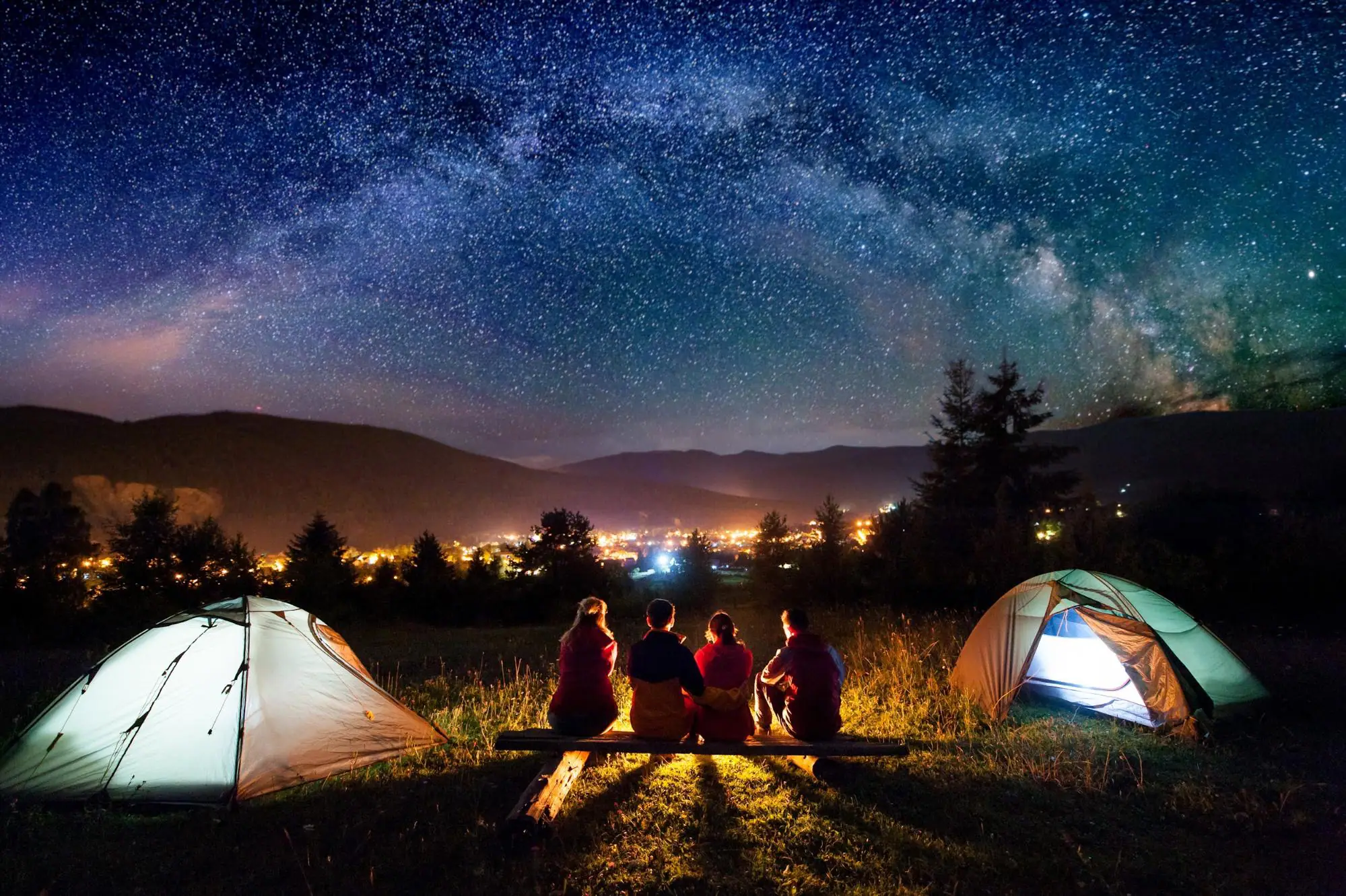
Watamu Marine Park is a haven for snorkelers and divers, offering crystal-clear waters teeming with colourful coral reefs and marine life.
You can explore the park’s vibrant underwater gardens, home to a diverse array of fish species, including parrotfish, angelfish, butterflyfish, and moray eels. Snorkelling and diving excursions provide opportunities to swim alongside sea turtles, dolphins, and rays.
For those who prefer to stay dry, glass-bottom boat tours offer a unique way to experience the wonders of Watamu Marine Park’s underwater world. Glass-bottom boats feature transparent viewing panels that allow passengers to observe the marine life below without getting wet.
Adjacent to Watamu Marine Park is Mida Creek, a pristine mangrove estuary that serves as an important breeding ground and nursery area for marine life. Visitors can explore Mida Creek by kayak, stand-up paddleboard, or boat, navigating through winding channels lined with mangrove trees and observing a variety of bird species, including kingfishers, herons, ibises and the African Fish Eagles.
Watamu Marine Park is renowned for its efforts in sea turtle conservation, particularly for the endangered green and hawksbill turtle species that nest along Kenya’s coast. The conservation works to protect nesting sites, monitor nesting activity, and rehabilitate injured turtles.
The Mombasa Marine National Park is just as stunning. It boasts a spectacular coral reef ecosystem, characterized by vibrant coral gardens, intricate reef formations, and plenty of marine life. Snorkellers and divers can explore its shallow coral reefs, home to multiple colourful reef dwellers like clownfish and wrasses alongside other fishes like butterflyfish, and angelfish.
Other Notable Safari Destinations
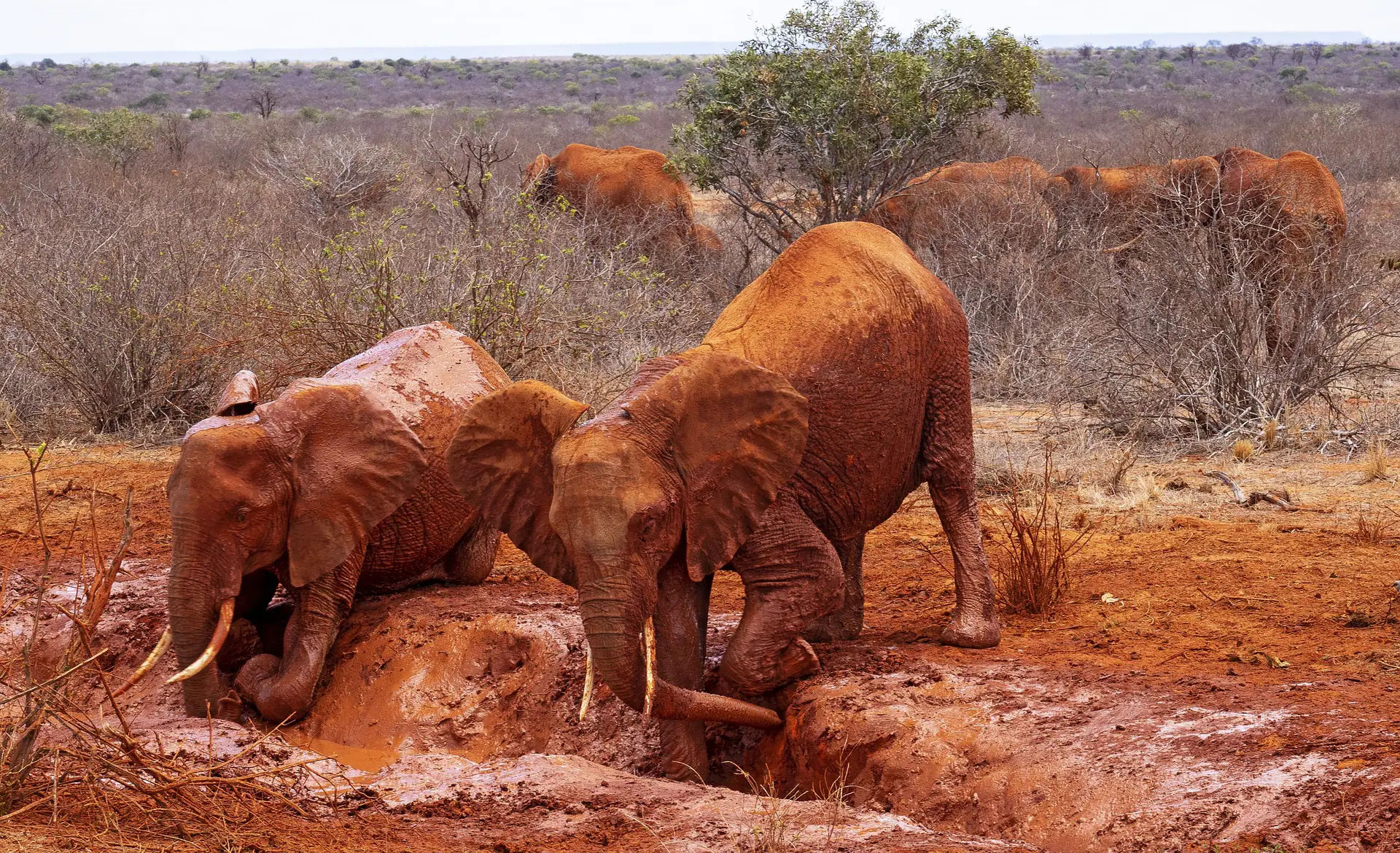
The beauty and natural wonders of Kenya aren’t limited to the above parks. Other worthwhile places to visit in Kenya include:
- Ruma National Park. Located in Western Kenya, Ruma is the last remaining sanctuary for the Roan antelope in the country. Other wildlife includes the Oribi, reedbucks, leopards, serval cats, hyenas, buffalos, and vervet monkeys.
- Lake Victoria. Also found in Western Kenya, Lake Victoria is the second largest freshwater around the world and the largest lake in the African Great Lakes region. Lake Victoria is the perfect getaway from the usual safari tours and visitors can enjoy Nile Perch fishing and bird watching
- Lake Naivasha. The shallow freshwater lake Naivasha lies in the Great Rift Valley. Lake Naivasha is a prime location for a host of activities including boat safaris, tours to the Crescent Island Game Park and other wildlife areas, as well as birding.
- Buffalo Springs Reserve and the Shaba National Reserve. The Buffalo Springs and Shaba Reserves are close to Samburu Game Reverse but smaller. They are the perfect idyllic settings for anyone keen on getting away from the bustle of city life.
- Aberdare National Park. Situated in Central Kenya, the Aberdare National Park is a captivating safari destination for outdoor enthusiasts and adrenaline junkies. Visitors can enjoy hiking, trekking, horseback riding, canopy walks and guided bushwalks through its pristine wilderness areas.
- Karen Blixen Museum. The museum is situated in the former home of Danish author Karen Blixen, best known for her memoir “Out of Africa.” The memoir recounts her experiences living and farming in Kenya during the early 20th century.
Summary
From awe-inspiring parks to towering peaks in central highlands, the shimmering Great Rift Valley soda lakes and coastal charms, Kenya is nothing short of phenomenal. When you visit Kenya, you can sample the most tourist attractions or go offbeat to discover hidden gems. We are here to help you plan a memorable safari to Kenya. Call us today.
Frequently Asked Questions
What Kind of Tourism Is Popular in Kenya?
The most popular tourism in Kenya includes safari and beach experiences, attracting loyal and repeat visitors. Eco-tourism, cultural tourism, and sports tourism are also part of the tourism sector.
Why Is Kenya So Popular With Tourists?
Kenya is popular with tourists because of its safari experiences and spectacular coastline. From rich wildlife parks, breathtaking scenery, gorgeous beaches, and welcoming people visitors can enjoy their visit to this East African country.
Is Tourism Big in Kenya?
Yes, tourism is a significant contributor to Kenya’s economy, representing 8-19% of the nation’s GDP and employing a significant portion of the workforce. The industry has shown resilience and significant recovery despite challenges like the impact of the COVID-19 pandemic.
